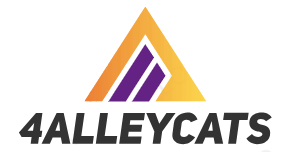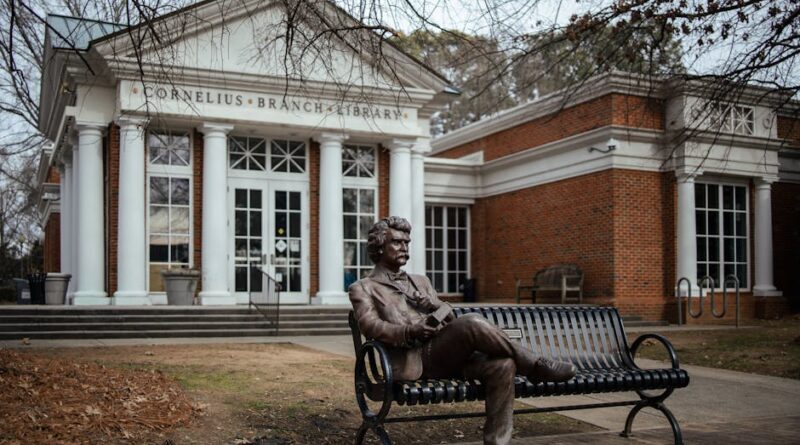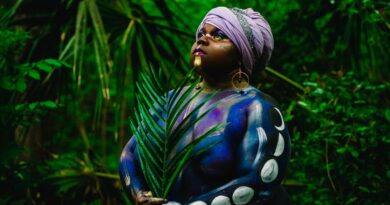Exploring the Diversity of Art in Public Spaces
Art has the incredible power to transform our surroundings, evoke emotions, spark curiosity, and stimulate dialogue. When art ventures out of traditional galleries and museums and into public spaces, it takes on a whole new dimension. ‘Art in public spaces’ not only democratizes art but also enhances the vibrancy and cultural richness of our cities and communities. From towering sculptures in bustling squares to colorful murals adorning urban walls, public art has the ability to captivate, educate, and inspire all who encounter it.
The Evolution of Public Art
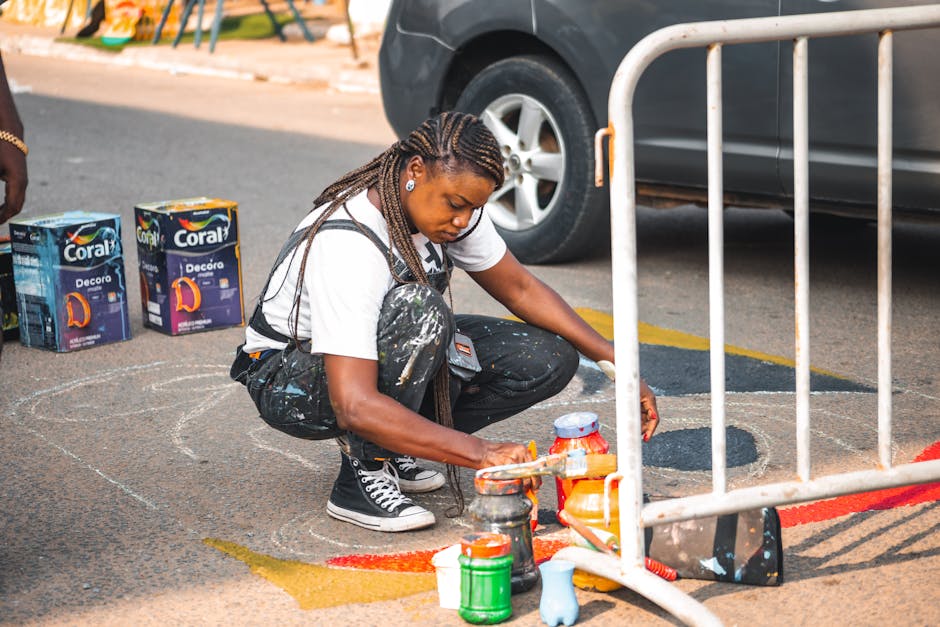
Public art has a rich history that dates back to ancient civilizations where statues and monuments were erected to honor gods, commemorate victories, and celebrate cultural heritage. However, the concept of art in public spaces as we know it today began to take shape during the Renaissance period. Artists like Michelangelo and Leonardo da Vinci were commissioned to create public artworks, igniting a tradition of integrating art into the fabric of cities.
In the modern era, public art has evolved beyond traditional sculptures and monuments. Today, public art encompasses a wide range of mediums, including murals, installations, interactive artworks, and performances. Artists are pushing boundaries, challenging conventions, and engaging with diverse communities to create impactful and thought-provoking works that shape the public realm.
The Impact of Public Art on Communities
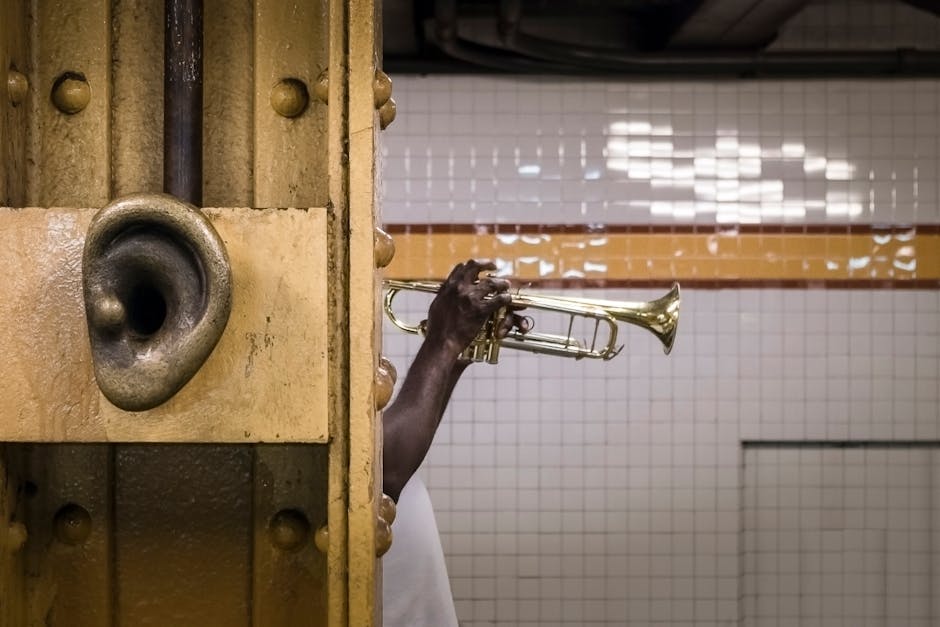
Public art plays a crucial role in shaping the identity and character of a community. It fosters a sense of place, instills civic pride, and promotes social cohesion by creating shared spaces for people to connect and interact. Public art has the power to reflect the values, aspirations, and struggles of a community, serving as a visual record of its history and cultural heritage.
Moreover, public art has the potential to transform neglected or underutilized spaces into vibrant cultural hubs. By activating public spaces with art, communities can revitalize neighborhoods, attract tourists, and stimulate economic growth. Public art also has the capacity to raise awareness about pressing social issues, provoke critical conversations, and promote inclusivity and diversity.
The Role of Public Art in Urban Planning
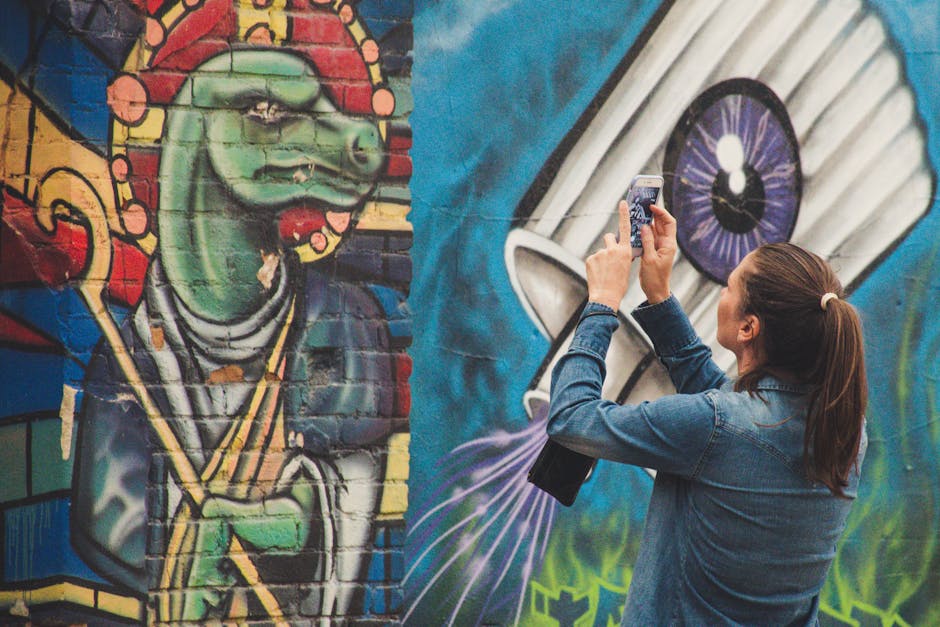
Urban planners and policymakers are increasingly recognizing the value of integrating public art into the planning and design of cities. Public art can enhance the aesthetic quality of urban environments, create landmarks that facilitate wayfinding, and humanize the built environment. By incorporating art into urban infrastructure such as transportation systems, parks, and public buildings, cities can enhance the overall quality of life for residents and visitors alike.
Furthermore, public art can serve as a catalyst for urban regeneration and placemaking. By strategically placing artworks in key locations, cities can attract investment, stimulate cultural tourism, and create vibrant public spaces that cater to the needs and desires of diverse communities. Public art also has the potential to promote environmental sustainability by incorporating eco-friendly materials and themes that raise awareness about climate change and conservation.
Challenges and Controversies in Public Art
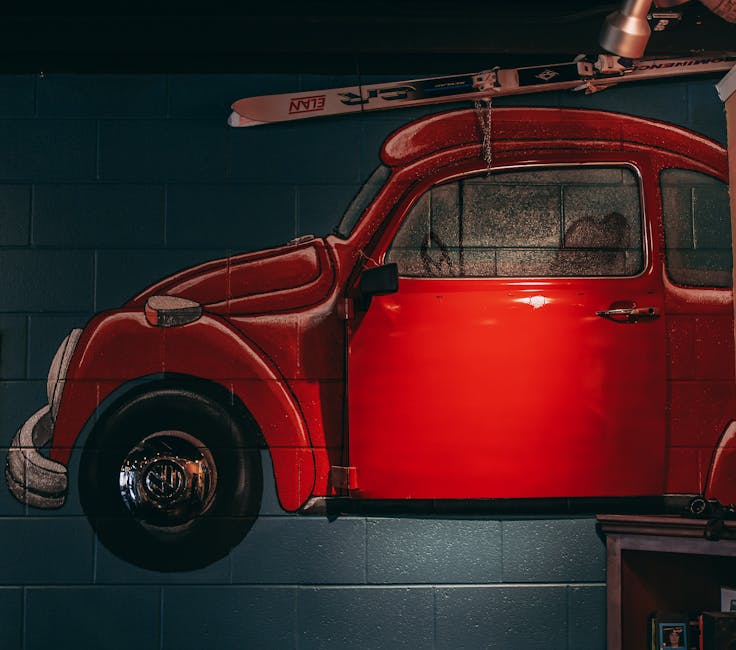
While public art brings numerous benefits to communities, it is not without its challenges and controversies. One of the main issues facing public art is funding and sustainability. Public art projects often require significant financial resources, and securing funding can be a daunting task for artists and organizations. Additionally, the maintenance and preservation of public artworks over time can pose logistical and financial challenges.
Another contentious issue in public art is the debate surrounding artistic freedom and censorship. Some artworks in public spaces have sparked controversy due to their provocative or politically charged content, leading to calls for their removal or alteration. Balancing artistic expression with community values and sensitivities can be a delicate and complex process that requires open dialogue and collaboration between artists, stakeholders, and the public.
The Future of Public Art
As we look towards the future, the role of public art in shaping our cities and communities is poised to expand and evolve. With advancements in technology, artists are exploring new mediums such as digital art, augmented reality, and interactive installations that blur the boundaries between art and technology. Public art is becoming more participatory and inclusive, inviting communities to actively engage with and contribute to the artistic process.
Moreover, public art is increasingly embracing themes of sustainability, social justice, and inclusivity, reflecting contemporary issues and concerns. Artists are using their platforms to raise awareness about climate change, inequality, and diversity, sparking important conversations and driving positive social change. The future of public art lies in its ability to adapt, innovate, and inspire, continuing to enrich our urban landscapes and collective experiences.
Conclusion
Art in public spaces is a dynamic and multifaceted phenomenon that enriches our cities, engages our communities, and challenges our perceptions. From monumental sculptures to vibrant murals, public art has the power to transform our urban environments, stimulate creativity, and foster connections between people from all walks of life. As we navigate the complexities and opportunities of public art, let us embrace its potential to inspire, provoke, and unite us in a shared celebration of creativity and culture.
To wrap things up, let us continue to champion the beauty and diversity of art in public spaces, recognizing its ability to shape our world, ignite our imaginations, and unite us in a collective tapestry of creativity and expression.
